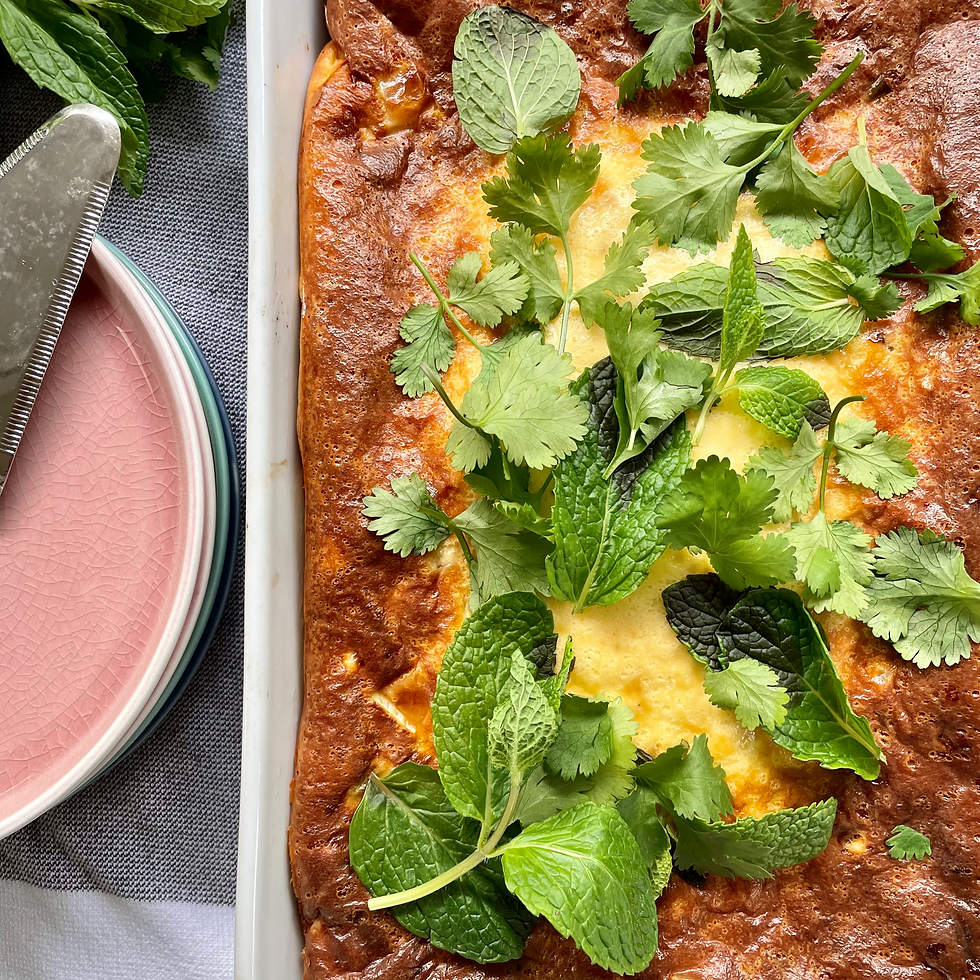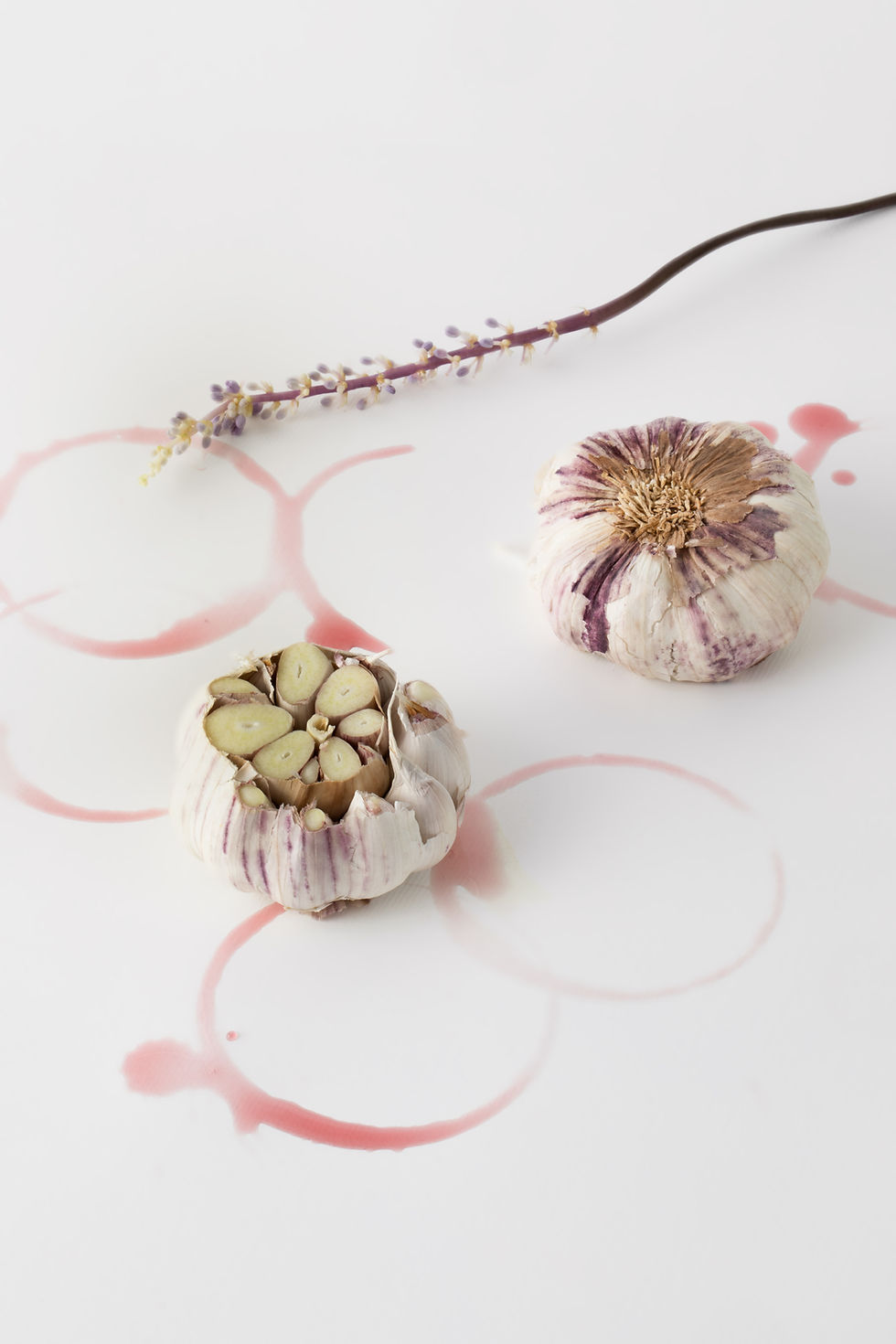Bloating, FODMAP diets and Intolerances - Part 2
- Sharon Lawton
- Jul 14, 2020
- 4 min read
For those who missed Part 1 to this article, see here
So where does that leave us...

GLUTEN:
Let's break it down:
When dough is left to rise, the fermenting yeast produce bubbles of carbon dioxide. Gluten in the dough holds these bubbles, which helps dough to rise. It is the gluten strands that provide the elasticity to dough.
Many grains such as wheat varieties including spelt and kamut, wheat itself, barley, triticale and rye contain gluten.
What is gluten?
Small proteins.
There is currently technology to test foods for the gluten proteins - gliadin, hordein and secalin. Avenin in oats is currently not assessable. It is often believed that oats are gluten-free but avenin is most definitely a gluten protein. "Gluten-free" may not actually mean gluten-free but rather, 'no gluten has been detected by our testing technology'.
CELIAC:
Celiac is an auto-immune illness. When celiac's eat gluten-containing foods, their body has an immune system response that attacks the small intestine. Villi, or small hair-like strands, which line the small intestine become damaged. Villi help the body absorb nutrients so when they become damaged, the sufferer can easily become nutrient deficient.
It is very common for celiacs to become sick from the immune system response, such as bloating, farting, diarrhoea, vomiting and nausea and also from nutrient absorption issues, which can cause conditions like iron-deficiency and anemia.
This does not mean that all sufferers of low iron and anemia are celiacs.
The most effective treatment is gluten removal from the diet. Not always easy as gluten is found in so many foods such as dressings, sauces, cereals, muesli bars, spreads, crackers and snacks, just to list a few.
One of the main reasons it is always best to consult a trained professional for tips to eat a healthy gluten-free diet. Simply removing gluten-containing foods without replacing them can lead to low nutrient intakes.
This may also be relevant for Irritable Bowel Syndrome and Non Celiac Gluten Sensitivity.
Alternatives for the sensitive or intolerant include:
Teff
Lupins, its flour, flakes and breads
Quinoa
Buckwheat
Amaranth
Corn
Flax
GLUTEN FREE DIETS:

Somehow a message has been misunderstood or misinterpreted to be that gluten is toxic for everyone. And for that matter, we should all be gluten-free to eliminate inflammation inside the body.
Inflammation is certainly problematic.
Lifestyles that promote inflammation such as too little exercise, a very high intake of white breads, pastries and cakes and not enough fruit and vegetables will increase the risk of premature ageing. It will also likely increase the risk of heart disease and Type 2 Diabetes.
However....
In those that are NOT gluten-intolerant or sensitive, the negative impact of stress will DEFINITELY cause MORE issues inside the body than gluten.
Even gluten-sensitives may be able to tolerate some gluten such as 1 or 2 pieces of grainy bread most days. I can assist in helping people determine what their tolerance is, with a carefully planned program.
In my one-on-one consultations I have spoken to so many people who have removed gluten, bread and pasta, thinking they are gluten intolerant and sensitive. Sometimes they are but mostly they are not. Eliminating gluten is not the best method for losing weight, being healthy or getting fit.
DAIRY & LACTOSE:

If you choose to avoid dairy foods such as milk, cheese and yogurt for reasons relating to animals, the following information is not directed at you. Plant and vegetable milks such as oat, almond and hemp, and their dairy options such as cheese and yogurts could be an important source of probiotic and prebiotic fibres to support digestion and gut health; for dairy avoiders.
From a nutritional perspective, milk is the best source of calcium. You see in milk, calcium is bound in a matrix which is almost identical to the calcium in our bones. It is for this reason calcium from milk is absorbed easily into our bodies.
Calcium is negligible in hard yellow cheeses due to the cheese-making process. I will write another blog post about cheese, dairy, their nutrients and fat content.
Let's return to intolerances and also allergies:
MILK ALLERGIES:
Some people have a milk allergy which is an allergy to milk proteins. Such individuals should avoid all foods that contain milk. The allergy can be so serious, that even a small amount can cause an anaphylactic reaction.
LACTOSE:
It is not possible to have an allergy to lactose. An allergy is to proteins whilst lactose is a milk sugar. For those with lactose issues, it is an intolerance. Many of you can still eat hard cheeses. Similarly to the calcium escaping in the cheese-making process, the same happens with lactose.
Some lactose intolerant sufferers can also benefit from drinking milk based kefir and probiotic drinks. Milk Probiotics can support the health of digestion and protect the gut when eating these foods.
Part of the challenge is assessing what can be eaten and what should be avoided. If you are concerned or unsure, please reach out. I would love to support you on your journey to health.
In the meantime, here are a few dairy alternatives to include:
Miso paste
Miso soup
Seaweed
Calcium fortified plant 'milks' such as soy, oat, almond, rice. (Look for at least 120mg of calcium per 100g in the Nutrition Information Panel)
Cultured nut spreads
During Covid-19, Sharon has introduced online consultations to her clinic options. Post isolation she will open-up appointments at her Malvern and Hawthorn Counselling Rooms and also continue to offer online sessions.



Comments